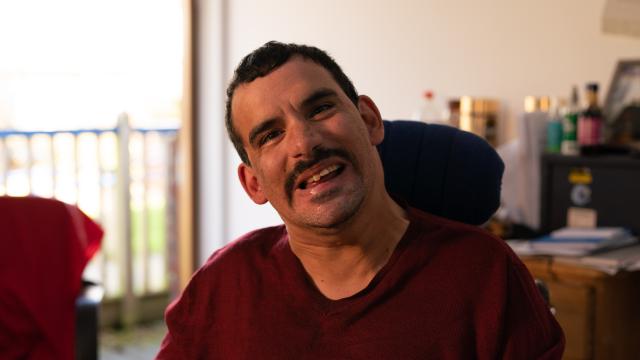
How to improve your communication skills
Clear and effective communication is a key life skill and one that many of us take for granted. Being able to communicate allows us to express our needs, to share information with others and form relationships. There are many different forms including verbal, written, visual and nonverbal. These can be shown in plenty of ways, like speech, sign language, gestures, body language, tone and pitch of voice, facial expressions, pictures, symbols and objects. Without good communication, people struggle to learn, achieve goals, interact with others and make friends.
What can I do to improve my communication?
The majority of people learn basic communication in their early years, but how many of us actually work on this skill later in life? Effective communication skills are an incredibly helpful asset to have under your belt and allow you to express yourself well whilst being an active listener.
Become an active listener
Listening is more than sitting quietly waiting for your turn to speak. You can actually improve your communication skills by using active listening - listening with intent whilst another person communicates, before repeating important parts back to them without judgement. This skill makes other people feel heard, builds trust and helps you understand others better.
Quick tips for active listening:
- Ask questions or ask for clarification.
- Don’t interrupt or offer your own opinions on a situation unless asked.
- Be patient whilst you listen.
- Make eye contact.
- Pay attention to tone of voice and facial expressions - both yours and the person you’re having a conversation with.
- Avoid suddenly changing the subject.
Nonverbal communication
Many of us would assume that speaking accounts for the majority of communication, however nonverbal communication is actually just as important.
You can improve your nonverbal communication by focusing on body language, eye contact, gestures, touch, space and facial expressions. All of these elements give signals to other people whether you’re aware of it or not. When your nonverbal communication is in sync with your verbal communication, it increases trust and builds understanding with another person.
Quick tips for nonverbal communication:
- Stress can really impact how you communicate verbally. If you are feeling stressed, take a moment to relax before you continue a conversation.
- Be aware of your emotions. Your emotions can show themselves physically, so understanding and being aware of your emotions (both positive and negative) can help you to express them in an appropriate way.
- Take note of another person’s body language - what is their tone of voice communicating? Is their posture relaxed? What facial expressions are they making?
- Use open body language (keep legs and arms uncrossed, show open palms) and good posture to show that you are approachable and relaxed.
- Respect other people’s personal space.
- If you’re not sure, mirror the nonverbal communication of the other person.
Tailor your approach
Every person is unique - we all have different needs and preferences for communication. A great way to improve your communication is to be mindful of others and be open to adopting their style of communication - whether that’s using visual symbols, sign language or regular speech.
Quick tips for tailoring your communication approach:
- Match the pace of the person you’re communicating with. Take note of the speed they are using and ensure that you are communicating at the same speed. Make sure they are happy with the pace you’re speaking at, or if they’d like you to slow down.
- Find out their preferred way of communicating - you can usually do this by asking them or (if applicable) their support worker to see how they would be happiest communicating with you.
- Be mindful of personal space. Ensure that you don’t encroach on people’s personal space without making sure that they’re happy. Keep your distance if you’re not sure.
Accessibility
As we have already mentioned, not everyone has the same needs when it comes to communication, so it’s essential that we think about individual needs before communicating. If you are part of an organisation, you can encourage your leadership team to think about whether their communications are accessible and inclusive. Do you provide materials in different languages? Braille? Easy read? Are your documents able to be read by a screen reader if someone has a visual impairment?
The Accessible Information Standard aims to make sure that people with disabilities have access to information that they understand and communication support they might need. So this is an excellent resource if you want to ensure that your communication methods are accessible to all.
Finally - practice, practice, practice
The best thing you can do to improve your communication skills is practice! Keep practicing these different techniques and ask for feedback and you’ll be a superstar communicator in no time.


